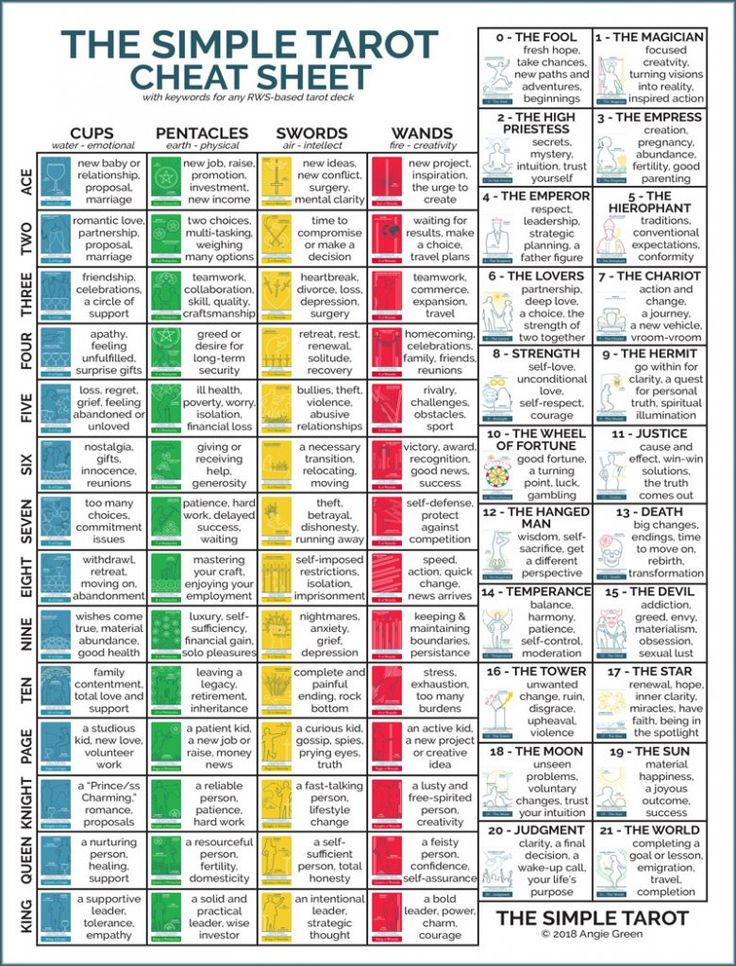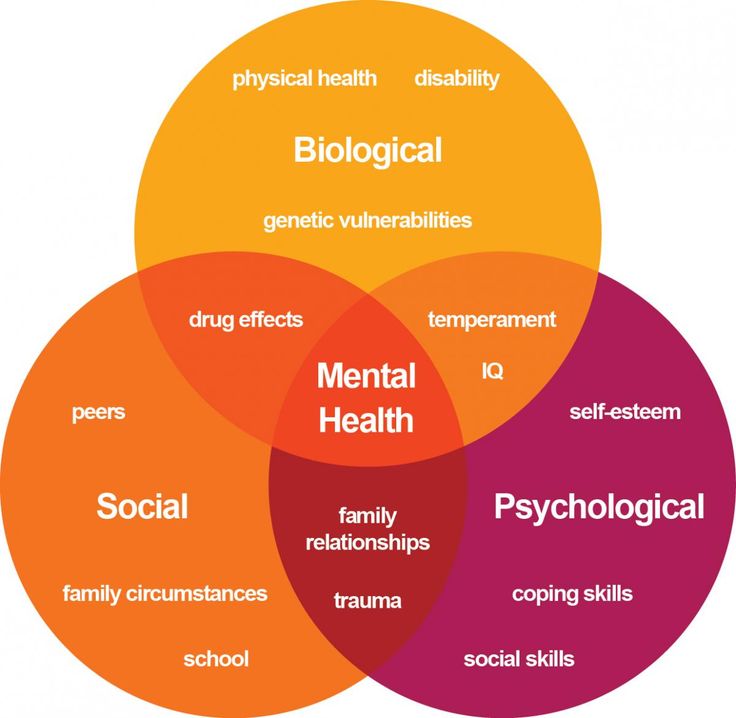How to boost motivation
7 Powerful Ways to Increase Self-Motivation
If you’re feeling, stuck, unfocused and uninspired you’re probably looking for ways to increase motivation.
When your motivation is at an all time low, there are things you can do to transform stuckness into energy and motivation.
For many of us we get stuck in the ‘getting ready’ process.
We simply never actually get started.
So, how can we live every day with a clear intention to get closer to achieving our goals and living a happy, motivated life?
What strategies can we use to increase self-motivation and bring more energy and joy into our lives?.
The best way to increase motivation is to power up our self-motivation.
You can light your own fire.
How to increase self motivationIt is not enough simply to wait for inspiration to kickstart your forward progress. It doesn’t have to be something that happens to you, it can be something that you create.
All progress and self-motivation starts with taking action.
One action will lead to another.
Action, and achievements, will create better outcomes and new experiences for you.
When my coaching clients are feeling stuck and overwhelmed, I simply get them to start taking action. To get fired up. To do something specific.
If you want to increase self-motivation, committ to achieving something specific every day.
Even if it’s doing something for just 5 minutes, it’s often that little push that is enough to get them going and to increase motivation.
Reduce your to-do list to increase motivationIf you focus on a small number of things to create the change you want, it can have a dramatic effect on your motivation in business and life.
Here are 7 powerful ways you can increase motivation and energy right now to take that jump forward you need when you may feel a little overwhelmed or stuck:
1. Increase motivation by simplifying
Increase motivation by simplifying By creatively planning your life, it allows you to simplify.
Delegating and eliminating activities that don’t motivate or excite you ensures you maximise your time and focuses your energy on achieving your goals.
It’s really hard to stay motivated when your mind is confused and cluttered with all of the projects and tasks you need to do.
Transform complexity into simplicity by doing less.
Doing less and focusing on the things you love, will help you increase motivation.
If you can simplify, you can carve away the unnecessary.
When you do this, your life will become more focused. And more focus leads to increased motivation.
What areas of your life could you simplify?
Combine your small tasksOne way you could do it is to combine tasks. Think about two things you want to do and see how you could combine them into one activity.
The author Marilyn Vos Savant takes this one stage further in her book Brain Building in Just 12 Weeks.
She recommends that we make a list of every small task that has to be done, say, over a day or a week-end and then do them all one after another.
Essentially, you are fusing lots of smaller tasks together into one task and completing them all together.
So rather than doing one task on one day and another task on another day, it becomes a focused blitz to get lots of little things completed all together.
This frees up our time, gives us a sense of accomplishment, that helps to increase motivation.
2. Focus on your accomplishmentsOne of the things that reduces motivation and causes procrastination is that we measure our success not from how far we’ve come, but how far away we are from our dreams and ideals.
If we can change our mindset and become more conscious of how our brain is working, we can set ourselves up for a motivation boost.
We’re often at our happiest when we use our brains to problem solve, visualise, achieve and measure our progress.
If you talk in specifics rather than generalities, there is an opportunity to feel happier and more energised.
One way to do this is to start training your brain to measure specifics, which grounds your feelings in reality and can increase motivation.
Increase motivation by celebrating successRather than focusing on your ideal, think about what you’ve achieved from a specific starting point.
If your goal is to lose 14lbs in the next 6 months and you’ve lost 3 lbs in the first 3 months you have two choices.
- You could focus on the fact that you’re still 11lbs away from your goal or….
- Focus on the fact that you have lost 3lbs since you’ve started.
The second option will allow you to celebrate success and increase motivation and refocus your mind to lost more weight whilst the first option may focus your mind on how far away you are from your goals.
Let your brain set your own goals and have your own experiences.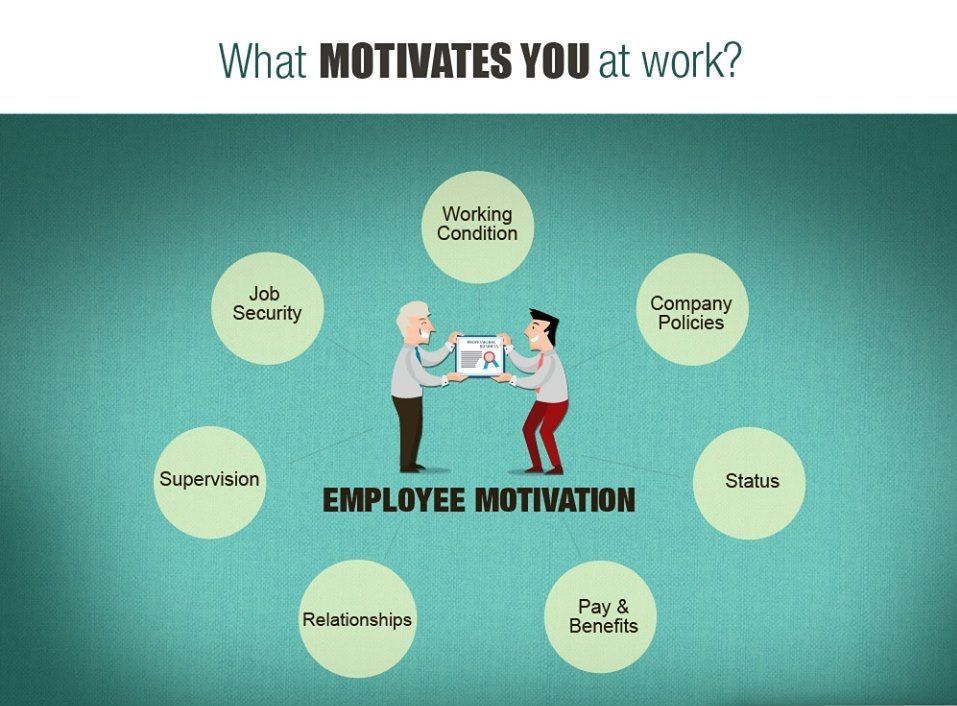
To help increase motivation, plan your day more effectively, download my FREE Daily Productivity Planner to help your stay motivated, focused and productiveDOWNLOAD YOUR FREE PRODUCTIVITY PLANNER
3. Set measurable goalsThis follows on nicely from the previous point. When I work with coaching clients we always set specific, measurable goals.
By goal setting, you increase motivation and train the brain to focus only on things that are specific and measurable.
When we are making real progress towards our goals, it makes us a lot happier. We are motivated and inspired.
We all sense where we are in the present moment. The past has gone and the future is well, the future.
In this present moment, we feel like we’re making progress, moving forward in the right direction or we’re not. We can’t stop time. We can only make better use of our time.
If you’re not happy with the progress you’re making, you may start comparing with others which can make you feel a lot worse and stop motivation in their tracks.
So, think about what goals you want to achieve for the next 90 Days. Ask yourself what is the meaning/purpose behind each of the goals.
Write the goals down. Put specific measurements against each goal and visualise what achieving the goals will mean to you in terms of your own personal progress.
4. Shift your motivation from getting to givingSome people only focus on what they can get out of life and relationships. It’s all about me, me, me.
“When you change the way you look at things; the things you look at change.” – Wayne Dyer
However, if you come from a position of serving and helping, and being more consciously awake to the world around you, your mindset can shift from merely receiving to giving.
And when you create this shift, coming from a space of giving, your brain starts coming up with more and more creative ways to spread more and more abundance.
It’s far more satisfying to focus on giving. If you really focus on this, it can become a true purpose and focus for you.
Deepen relationships to be more motivatedRather than focusing on simple transactions, you focus on deepening relationships and doing things that will genuinely make people happy.
If you focus on giving and gratitude and surround yourself with people of a similar mindset your motivational energy will always be high.
There are also additional benefits. When givers come together the results can be so much bigger than on an individual level as everything has the capacity to be multiplied.
When your motivation is to give your brain will think of more and more creative ways to do that.
Random thoughts will pop into your head and you’ll find more creative ways to improve other people in both your business and personal life.
5. Create and repeat a new positive habitSometimes, the smallest shifts create the biggest results. When you start a new habit, whether that’s going to the gym, creating videos or improving your speaking the key is consistency and repetition.
When you start a new habit, whether that’s going to the gym, creating videos or improving your speaking the key is consistency and repetition.
By actually doing something new over and over again, your brain wires new pathways that help you create incremental improvements.
If you want to start a new morning routine, the key is repetition. If you want to start meditating, the key is to stay with it. If you’re gearing up to run a 5k, the key is to run every day and build that strength and stamina.
When you have a vision of yourself as someone who doesn’t complete projects, then you think of yourself as that person.
But if you tell yourself every day you’re a world class ‘project completer,’ you’ll begin to think and act like that person.
If you’re procrastinating on a big project, just start small and do something to move it forward, even if only five minutes. The next day work on that project again.
The key is deciding what you want to improve and then working on that thing every day. A 1% improvement every day can produce big results in the end.
A 1% improvement every day can produce big results in the end.
When you come from a place of expressing gratitude both to what you have and the people around you, the change can be immense.
If you express gratitude for what you have, you are less envious and fixated on what other people have.
When you express gratitude to the important people in your life, it changes how you perceive them and how they feel about you.
Gratitude increases your energy and your feelings of abundance. With gratitude, everything is appreciated.
Expressing gratitude also makes you a lot more creative and deepens your motivation. Handwritten notes, more expressive feelings, instantaneous notes or calls to the people that matter most become commonplace.
The thing about gratitude, though, is that it requires an active pursuit in all areas of your business and life. It’s not about what that person has done for you. It’s about how you feel about them, and their value to you.
It’s about how you feel about them, and their value to you.
Here’s a quick exercise:
Think about the people that are most important to you.
Next, write down 5 things you are grateful for, or appreciate, about that person.
You could tell them the 5 things or just keep it to yourself and sense how you are with that person the next time you meet.
Another important focus for gratitude is yourself. What are you grateful for today?
Taking the time to look inwardly and appreciate what you have built momentum and motivation and makes you a lot happier.
7. Increase your energy to increase motivationEnergy is a huge motivator. If we are fired up or excited about someone or something, we are usually very motivated.
Think about the last time you achieved something important. I’m guessing your energy and motivation was high?
If you’ve beaten your best time on the track, or lost the weight you wanted, or won a big piece of business, your energy will be sky high and you will want to dive back in again to improve your previous performance.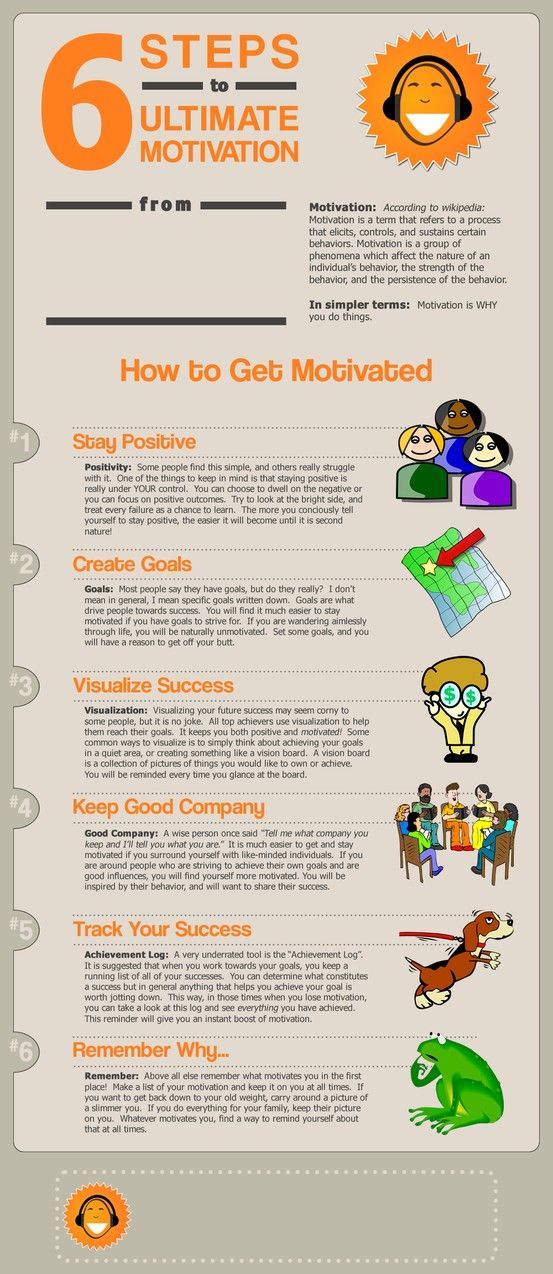
When we are excited and motivated about the things we are doing, we bring high levels of energy.
Spend more time doing the things that motivate youIf you could spend more time doing the things that excite and motivate you, what would that mean for your business and life?
High levels of energy produce continual growth and give you higher levels of confidence. One of the best ways to increase your energy is to improve your sleep.
Try this:
Pick three things that give you high levels of excitement and motivation. Commit to spending at least one more hour on each of the things every month.
See what you can achieve. If it brings in the results you want, aim to spend more time on those 3 things and remove 3 things you want to spend less time on.
Summing UpHere are some things for you to consider as you reflect upon this article on tips to help you increase motivation:
- What’s self-motivating you right now?
- Are you as inspired as you want to be?
- Would you be open to new experiences that can inspire you?
- Are you continually learning new and better ways to live?
- What things have you learnt that you could put into practice?
- Do you want to be more motivated and inspired?
Hopefully this article has provided some insights to increase your motivation and you can use some of these tactics to help you live every day with a clear intention to get closer to achieving your goals.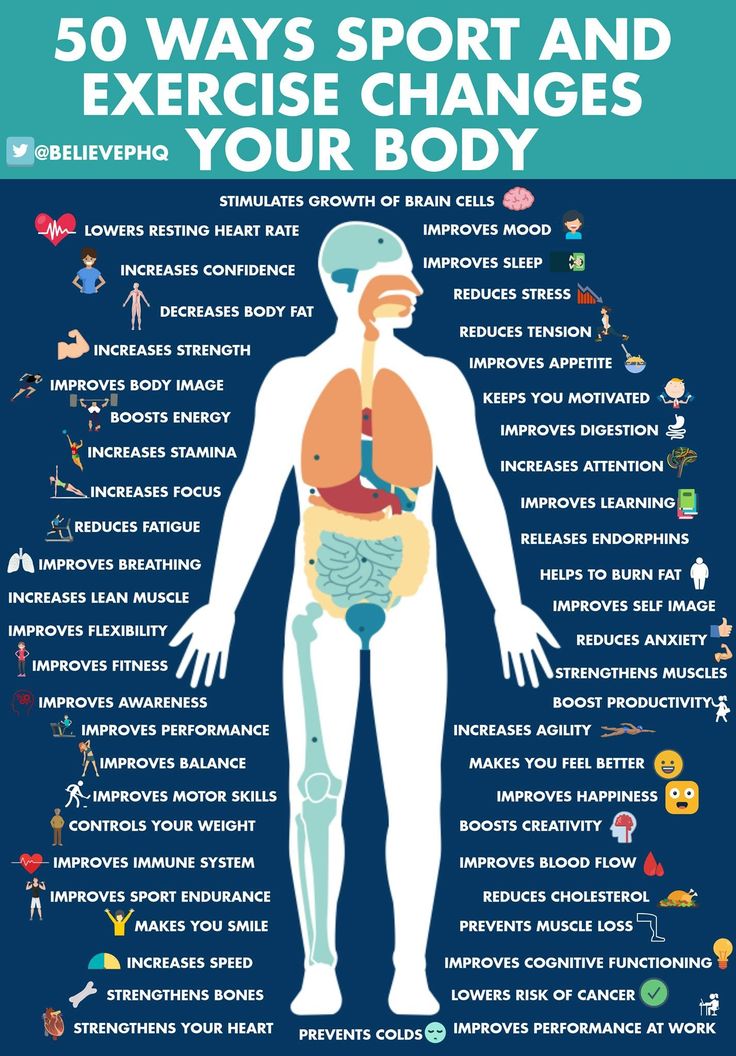
This article was originally published on the Lucemi Consulting blog.
If you want to receive more articles like this directly to your inbox sign up to my Time For What Matters newsletter.
How to Increase Self-Motivation | Psychology Today
The present article reviews effective self-motivation techniques, based on findings cited in a paper by Fishbach, published in the December 2021 issue of Motivation Science.
Self-motivation means being driven by a personal desire to set valued goals and to focus on, commit to, and move toward these goals despite obstacles. Self-motivation is necessary for many situations, especially when what we desire immediately (e.g., eating pizza) is not what we should do (e.g., eating healthy). For instance, we motivate ourselves to do chores, engage in self-care, and better ourselves (e.g., become more conscientious).
But how do you motivate yourself, exactly? Below, I review effective motivational strategies related to four elements of motivation: goal setting, goal striving, goal juggling, and leveraging social support. See Table 1.
See Table 1.
Source: Arash Emamzadeh (adapted from Fishbach et al., 2021)
Goal Setting
We begin with strategies for successful goal setting.
- Set a goal, not a means to a goal: If goal pursuit does not excite you, you are probably pursuing a means to a goal (e.g., finding a parking spot in a crowded area), not the goal (e.g., buying a special gift for a loved one). So, keep in mind your ultimate destination.
- Set SMART goals: Smart stands for specific, measurable, attainable (i.e. neither too easy nor too difficult), relevant, and time-bound. Instead of saying, “I want to lose weight,” specify how many pounds and in how many months; and how you plan to accomplish your goal. Also, goals should be self-set, not imposed; otherwise, you might rebel against them.
- Set incentives: Incentives are like “mini-goals” and increase motivation.
 However, they sometimes undermine the original goal (e.g., you study just for the incentive of eating chocolate). Furthermore, uncertain incentives (e.g., 20 or 40 minutes to play video games, randomly chosen) are potentially more motivating than certain ones (always 30 minutes).
However, they sometimes undermine the original goal (e.g., you study just for the incentive of eating chocolate). Furthermore, uncertain incentives (e.g., 20 or 40 minutes to play video games, randomly chosen) are potentially more motivating than certain ones (always 30 minutes). - Use intrinsic motivation: To motivate yourself, pursue intrinsically motivating goals—i.e. inherently beneficial and enjoyable activities (e.g., a job you love; an exercise you enjoy) and not a means to another goal (e.g., to lose weight, you jog, but you hate jogging).
Sustaining Motivation
To sustain motivation, monitor your progress.
- Dynamics of goal motivation: To motivate yourself, reflect on your achievements (e.g., good grades; work success). Why? Because they demonstrate commitment to your goal, thus promoting consistency. Alternatively, reflect on things you have not accomplished yet.
 Why? Because they indicate a lack of progress (e.g., not having completed any extra-credit assignments), thus enhancing motivation to make progress.
Why? Because they indicate a lack of progress (e.g., not having completed any extra-credit assignments), thus enhancing motivation to make progress. - The middle problem: Motivation is usually high initially and toward the end, but not in the middle. The solution? Keep the middles very short (e.g., instead of monthly goals, set weekly goals).
- Learning from negative feedback: People are less likely to learn from negative than positive feedback, perhaps because they take it too personally. The solution? To protect your ego, focus on the lessons learned; sharing these lessons with others, in the form of giving advice, may also protect your ego. Additional techniques include developing a growth mindset, intentionally making minor mistakes (to practice learning from errors), and learning from others’ failures.
Goal Juggling
Rarely do we pursue a single goal, so we must learn to juggle goals.
- Complementing goals: To increase goal commitment, select multiple means serving a single goal (e.
 g., eating healthy and dancing both help you lose weight; Figure 1B). To attain more goals, use means serving multiple goals (e.g., dancing for both weight loss and increased flexibility; Figure 1C). If you lose motivation, go back to performing activities that each serve mainly one goal.
g., eating healthy and dancing both help you lose weight; Figure 1B). To attain more goals, use means serving multiple goals (e.g., dancing for both weight loss and increased flexibility; Figure 1C). If you lose motivation, go back to performing activities that each serve mainly one goal. - Compromising vs. prioritizing: To resolve goal conflicts, we prioritize (choose A over B) or compromise (choose the middle ground or a third goal C). Framing an activity as progress encourages compromise but framing it as commitment encourages prioritization (see Point 1 in the section on sustaining motivation). So, be careful how you frame activities.
- Self-control: Successful self-control requires first identifying a conflict. This necessitates examining behavioral patterns. For example, eating two slices of cake in one sitting is not a problem unless done regularly. Second, it requires us to exercise self-control.
 How? One, by changing the environment (e.g., filling the fridge with healthy food). Two, by changing our perception of a goal’s value (e.g., “I will feel proud of myself if I control my weight”) and reducing the value of the temptation (e.g., “I will feel guilty if I overeat” or “Looking at it closely, this doesn’t look appetizing”).
How? One, by changing the environment (e.g., filling the fridge with healthy food). Two, by changing our perception of a goal’s value (e.g., “I will feel proud of myself if I control my weight”) and reducing the value of the temptation (e.g., “I will feel guilty if I overeat” or “Looking at it closely, this doesn’t look appetizing”). - Patience: Goal conflicts often involve having to choose between something good soon and something great later (e.g., a yearly vacation vs. buying a house in five years). How to motivate yourself to remain patient? Use distractors, remind yourself of the value of your goal, and trust the process (i.e. “good things happen to those who wait”).
Source: Arash Emamzadeh (adapted from Kruglanski et al. 2002)
Social Support
Social support can increase motivation.
- Leverage social support: The mere presence of people increases motivation, magnifying what you do.
 Additionally, others may set expectations for performance—though in rare cases, too high of an expectation, which lowers motivation—provide resources, join you (e.g., study groups), and serve as role models.
Additionally, others may set expectations for performance—though in rare cases, too high of an expectation, which lowers motivation—provide resources, join you (e.g., study groups), and serve as role models. - Pursuing group goals: When pursuing goals as a group (e.g., be it a husband and wife, a class, or a community), in order to make sure all members are doing their fair share (i.e. to prevent free-riding and social loafing), make contributions public, increase members’ identification with the group, and inspire group members with your contributions. In addition, remember that in many groups, as far as resources are concerned, the goal is not an equal partnership but maximizing benefits for the group as a unit. Naturally, this can be motivating only if the resources you expect to obtain as a group justifies ignoring your personal desires or ambitions (e.g., relocating because of your spouse’s financially rewarding career).
How to increase motivation and force yourself to act?
How to increase motivation? To answer this question, we propose to use seven effective ways.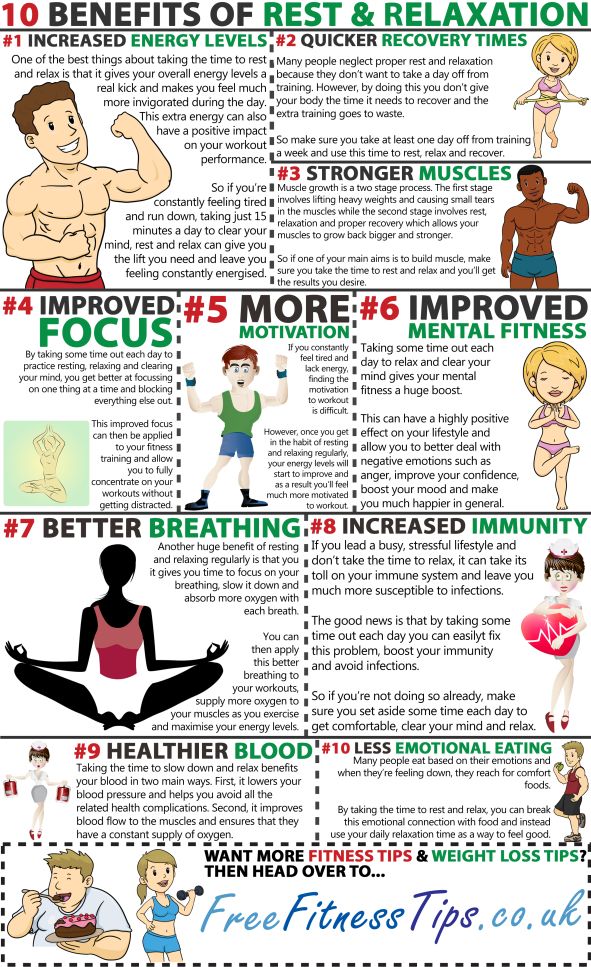 Act, and the result will not be long in coming!
Act, and the result will not be long in coming!
We all want to optimize our time and do what we love. Every day we strive to get closer to achieving our goals and to live a happy, successful life. However, just waiting for inspiration to start moving forward is not enough. You must act, and not assume that everything will happen somehow by itself. Only one action can bring results, even small ones, and give you a new experience. The only question is how to force yourself to act, and how to find motivation? nine0005
1. Want to increase your motivation? Then learn to simplify!
Approach your life planning from a creative point of view. Give up those activities that you do not like and take up too much time and energy. It's very hard to find motivation when your mind is full of thoughts about the tasks you need to complete. Therefore, simplify. One way to simplify is to start combining different activities. Think about which ones you can reduce to one action.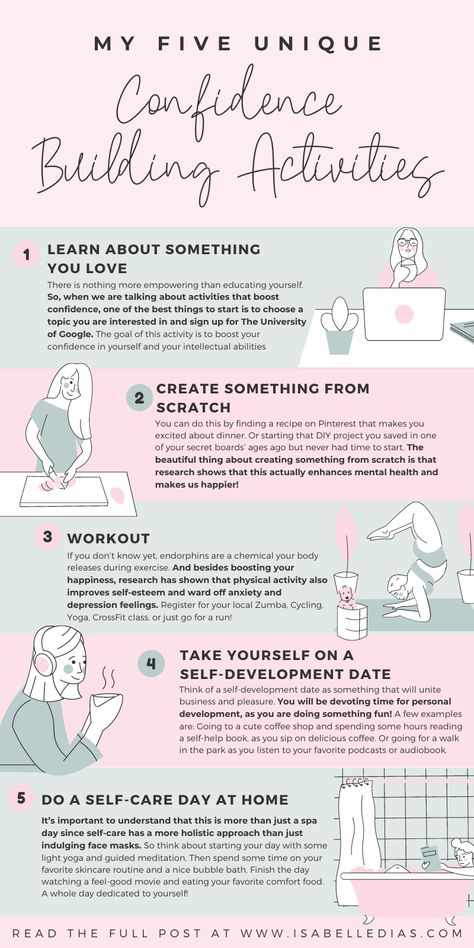 Thus, you will have more time, as well as a feeling of satisfaction, which in turn increases motivation. nine0005
Thus, you will have more time, as well as a feeling of satisfaction, which in turn increases motivation. nine0005
2. Set achievable goals
Remember that we should always set ourselves specific goals that can be achieved within a very realistic time frame. This well helps the brain to focus only on those things that are achievable. When we make visible progress towards our goals, we become much happier, and as a result, we have the motivation to move on.
3. Develop New Habits
Sometimes the smallest changes in life bring the biggest results. When you start hitting the gym, recording videos, or practicing singing, consistency and repetition are the key to doing these things. If you can't seem to finish a project, just start doing some small things every day, even if it only takes you five minutes. Remember that small actions can lead to big results. nine0005
4. Work with your subconscious
The human brain is a fantastic problem-solving tool. If you have questions that you are looking for answers to, take a few minutes before bed to rethink everything. Imagine what the solution might be. Visualize goals and ways to achieve them. After sleep, write down everything that comes to mind and start acting.
If you have questions that you are looking for answers to, take a few minutes before bed to rethink everything. Imagine what the solution might be. Visualize goals and ways to achieve them. After sleep, write down everything that comes to mind and start acting.
5. Focus on your surroundings.
The people you spend time with influence and change your life in one way or another. Surround yourself with people who support and motivate you. We can always choose who we spend the day with and what we spend our time on. You can always decide for yourself: stay with a person who sucks energy out of you and morally puts pressure on your personality, or stay with a person who inspires you to work and is happy with your success. nine0005
6. Visualize your ideal future
If you're not motivated, try focusing on a goal that leads to what you want to achieve in the future. A great way to increase motivation is to think more about your ideal future. Where would you like to be in 5 years? What is your main goal? What needs to happen for you to be very satisfied with your accomplishments?
7.
 Do not be afraid to act
Do not be afraid to act Learn to face fear. We all have a lot to do and sometimes it's easy to feel completely overwhelmed with work. However, you can always start small and work your way up to something bigger. Gradually, step by step. The main thing is not to sit idly by. nine0005
Text: Flytothesky.ru
Five Simple Strategies to Help Motivate Employees
What is the mysterious epidemic that is destroying your team's efficiency and morale? Answer: lack of motivation.
Insufficiently motivated staff costs too much - literally. Gallup estimates that the lack of employee motivation costs the US economy $605 billion a year. And, moreover, companies with a low level of staff motivation, on average, receive 2.5 times less profit than their competitors with highly motivated employees. nine0005
But, contrary to the above, many company executives still do not pay enough attention to this factor.
“Unfortunately, only 33% of employees are highly motivated,” says Nick Sanchez, HR director at Namely. “And this means that if you don’t take care of the growth of motivation in advance, you will put the company at risk.”
“And this means that if you don’t take care of the growth of motivation in advance, you will put the company at risk.”
What is the importance of employee motivation
What is so important in motivation? As it turned out, it has a very large impact on both corporate culture and profit levels. nine0005
“Motivated employees do much more than their job descriptions require, which means you get much more value for your money,” explains Ben Brooks, founder and CEO of tech startup PILOT. “Employees with a low level of motivation not only work inefficiently, but also drag the entire team along, reducing team morale and disappointing customers.” According to the Harvard Business Review survey results, 71% of respondents named employee motivation as a very important factor necessary for the success of the organization. nine0005
But, in addition to increasing such indicators as efficiency, morale, professional implementation and retention of staff, a serious approach to solving the problem of motivation entails positive consequences for middle and senior managers, especially for those who are always short of time due to the growing number of employees.
Knowing about the high motivation of subordinates, you will be able to trust them more. And this means that you can let them do their job and achieve their goals without standing over their souls and without harassing them with constant reports and checks. nine0005
Barriers to Motivation Growth
Remember: your employees won't become passionate, professional and highly motivated overnight. To do this, managers will have to make certain commitments and apply a strategic approach.
"In many organizations, employee morale is so low because top management simply doesn't care," said Rodd Wagner, vice president of BI Worldwide. “The heads of most firms are not engaged in management, that is, regular interaction with employees, they do not monitor certain business functions, they have other priorities.” nine0005
You will need to put in the effort to motivate your employees before you notice a drop in morale or productivity. Do not wait until the mood of your employees falls below the plinth. Be proactive and keep your finger on the pulse. It is better to spread straws in advance so as not to break on hard asphalt.
Be proactive and keep your finger on the pulse. It is better to spread straws in advance so as not to break on hard asphalt.
Five Basic Motivation Strategies Every Manager Should Use
What steps should you take to increase the level of motivation in your company? Here are some important strategies. nine0005
1. Be open
“When an employee begins to feel like a small fry and not a valuable member of the team, his motivation stops growing,” Sanchez warns.
As a manager, you need to create an open work environment where you can involve employees in planning and decision making. Employees should feel like full-fledged participants in the discussion of decisions, plans for the future and other important moments in the company's activities.
Instead of hiding behind closed doors and enjoying their power, leaders should be among employees, communicate with them and convince them of the value of not only their work, but also their thoughts, opinions and suggestions.
TIP . Follow Zappos' lead and set up regular all-in meetings. By doing so, you will provide an opportunity for everyone in the organization to come together, discuss ideas and get a general idea of the company's activities.
2. Develop a culture of cooperation
Try to have your employees use words such as "collaboration" and "teamwork" when discussing corporate culture.
“Your people will be more committed to their work if they are committed to their team,” explains Sanchez. - With the help of business games, you can increase their desire to contribute to the overall success. The organization of such events and the allocation of funds for them should be a priority for management.” nine0005
Events like this not only give the participants a chance to build or strengthen their relationships, but also highlight the positive results of cooperation. “Even if employees feel somewhat disengaged, equal treatment can improve their performance and morale,” adds Sanchez.
TIP . Do you feel like you don't have time to plan entertainment for the team? Take a cue from Pinterest and start a culture club or committee. Have a group of employees led by one of them organize activities for the staff. You will not only throw this responsibility on them, but also give them the opportunity to make friends! nine0005
3. Set goals
Setting goals for employees helps not only to constantly monitor their level of motivation, but also to increase it. In fact, studies show that even in the absence of financial investment, goal setting alone improves employee performance by 12-15%.
Set measurable and achievable goals for people, and be sure to regularly discuss the process of achieving them.
Because it takes a long time—not a week, but at least a year and a half—to achieve most of the goals set for individual employees or the entire workforce, frequent discussions become a necessity, especially for those people who are stimulated by frequent rewards. nine0005
nine0005
“At Namely, we ask employees to set quarterly, incremental goals that can be measured through metrics,” says Sanchez. “If the goal is not achieved, this indicates that we need to work on efficiency and motivation levels.”
But this in no way means that the manager should hand out goals and evaluations left and right, without taking into account the opinion of the employee. “Remember that interactions must be very personal, and that employees must contribute to the retention process,” explains Sanchez. “The way to do this is to encourage them to identify their unique needs and meet them on their own.” nine0005
TIP . Need help setting goals? We recommend using the OKR (“objectives and key results”) methodology. You can get acquainted with this technique by following the link.
4. Communicate more often
Employee motivation is not something that you can fix once and settle for it. It’s not enough just to hang a slogan on the office wall about what a wonderful culture you have.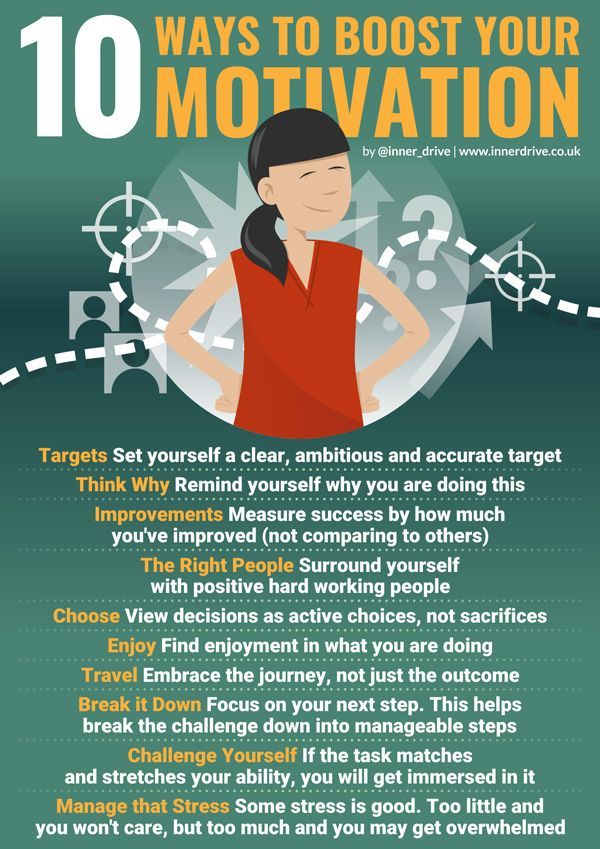 If you want to have highly motivated staff, motivate them - at least interact with employees face to face more often. nine0005
If you want to have highly motivated staff, motivate them - at least interact with employees face to face more often. nine0005
During these face-to-face meetings, ask each of your subordinates a simple and honest question:
Do you feel passionate about your work?
Based on your responses, look for patterns that indicate, for example, departments that are overworked or areas that require additional resources.
While leaders should strive to get their questions answered, Sanchez advises giving the initiative in such conversations to employees. “They should be able to regularly share their doubts, problems and goals with their superiors. Regularity is especially important here. By meeting with employees on a weekly basis, the manager gets the opportunity to assess changes in their motivation over time and work through past problems. nine0005
When it comes to personal conversations, HR professionals hear the same complaint from managers: “I don't have time to babysit every one of my employees!”.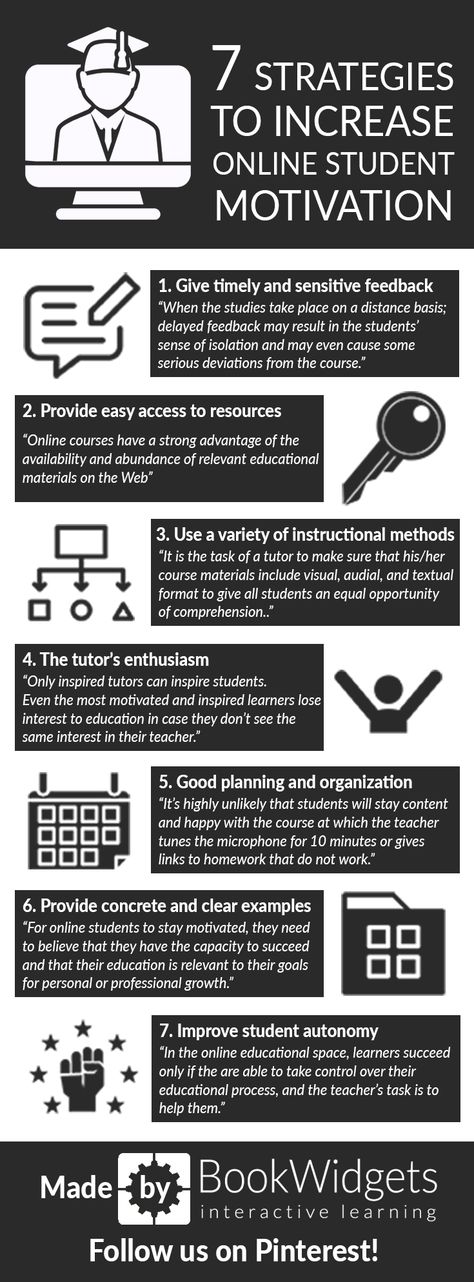
“I answer: it means you have too many subordinates,” says Wagner. “If you can’t give each of them a little personal attention, then you can’t effectively manage them.”
5. Gather feedback
Personal conversations will give you much food for thought. But company leaders should go a little further and find a way to collect additional employee feedback - anonymously or not. nine0005
Many companies conduct surveys to monitor employee sentiment. But before you start bombarding your team with long and boring surveys, try Brooks' tips for conducting effective surveys.
- Ask more often . “Reviews should be only the first freshness! Brooks says. "Don't wait a whole year to find out what your employees thought and felt last summer."
- Be brief . If you ask too many questions, you will have to put in much more effort to analyze the data. In addition, this will affect the number of people who want to take part in the survey.
 nine0155
nine0155 - Do something with the information you receive . It may seem obvious, but in Brooks' experience, most companies fail at this stage. "Since you asked, go ahead!" he says.
Even if you collect feedback through a form on a website or anonymously, employees may be afraid to be completely honest for fear of hurting their careers.
But Kim Scott offers a tactic to get around this problem and allow employees to speak their minds more freely. nine0005
Don't ask for feedback on this or that person. Instead, ask to comment on task . Talking about a specific project or its outcomes, or a form of communication will help the other person feel more confident, and both of you will be able to look more objectively at the root of the problem.
Assessment of employee motivation
The level of employee motivation may seem incomprehensible to you - it's not clear by what indicator to evaluate it. The Loyalty Index (NPS) is commonly used to measure customer loyalty, but Brooks says it could just as well be applied to your own team. “It's a carefully designed and studied technique that can be successfully applied not only to consumers, but also to employees,” he says. “Besides, since it is used in various industries, you do not need additional knowledge to use it.” nine0005
“It's a carefully designed and studied technique that can be successfully applied not only to consumers, but also to employees,” he says. “Besides, since it is used in various industries, you do not need additional knowledge to use it.” nine0005
Image Source: Net Promoter Network
As mentioned above, setting and tracking goals, paying attention in face-to-face conversations, and taking surveys can effectively gauge motivation. “One of the best tools is regular employee surveys that help track the growth of motivation over time,” says Sanchez. “While a survey may not provide as much information as a face-to-face interview, it provides a fairly reliable benchmark for assessing the level of motivation.” nine0005
Metrics are important. But don't think it's all about numbers.
“I warn my clients not to rely too much on numbers,” explains Wagner. “Too often, an assessment is just an assessment, when in fact it should be the starting point for improving the working environment in order to ultimately improve employee performance and reduce employee turnover.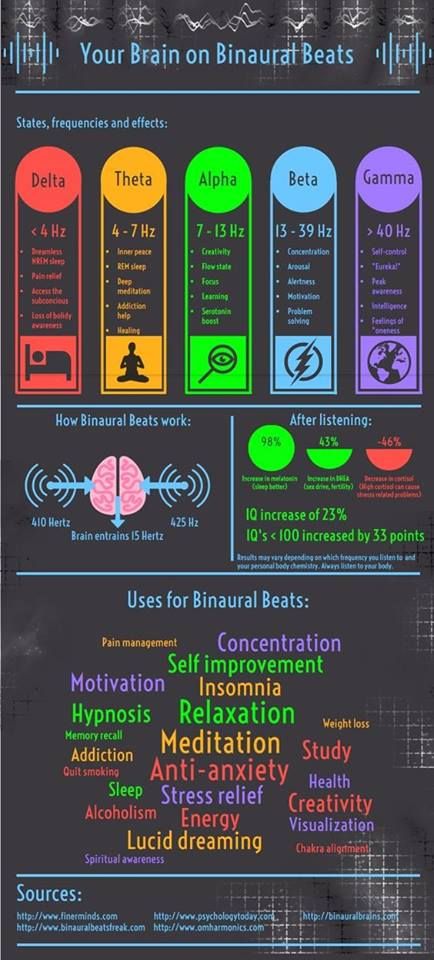 ” An improvement in operating results is the single most important indicator that a company's environment is changing for the better. nine0005
” An improvement in operating results is the single most important indicator that a company's environment is changing for the better. nine0005
In conclusion
High employee motivation is not a luxury, but a necessity. It is a guarantee of high efficiency, loyalty and self-realization of your employees. Fortunately, there are five ways to increase the level of motivation of your staff.
| Five ways to motivate employees |
|---|
| Managers need:
|
Do this, and the motivation of your employees will grow by leaps and bounds. “It is important to remember,” Wagner concludes, “that what employers call motivation and engagement, ordinary employees call happiness.
